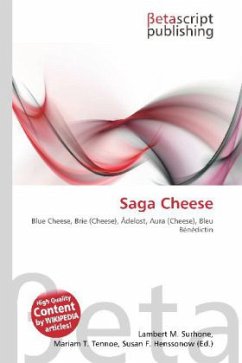
Head Cheese
Cuisine of the Southern United States, Louisiana Creole Cuisine
Herausgegeben: Gitta, Mariam Chandra
Versandkostenfrei!
Versandfertig in 6-10 Tagen
19,99 €
inkl. MwSt.

PAYBACK Punkte
10 °P sammeln!
Head cheese (AmE) or brawn (BrE) is a cold cut originating in Europe. Another version pickled with vinegar is known as souse. Head cheese is not a cheese but a terrine or meat jelly made with flesh from the head of a calf or pig (sometimes a sheep or cow), and often set in aspic. While the parts used can vary, the brain, eyes and ears are often removed. The tongue, and sometimes even the feet and heart may be included. Head cheese may be flavored with onion, black pepper, allspice, bay leaf, salt, and vinegar. It is usually eaten cold or at room temperature as a luncheon meat. It can also be m...
Head cheese (AmE) or brawn (BrE) is a cold cut originating in Europe. Another version pickled with vinegar is known as souse. Head cheese is not a cheese but a terrine or meat jelly made with flesh from the head of a calf or pig (sometimes a sheep or cow), and often set in aspic. While the parts used can vary, the brain, eyes and ears are often removed. The tongue, and sometimes even the feet and heart may be included. Head cheese may be flavored with onion, black pepper, allspice, bay leaf, salt, and vinegar. It is usually eaten cold or at room temperature as a luncheon meat. It can also be made from quality trimmings from pork and veal, adding gelatin to the stock as a binder.Historically meat jellies were made of the cleaned (all organs removed) head of the animal, which was simmered to produce stock, a peasant food made since the Middle Ages. When cooled, the stock congeals because of the natural gelatin found in the skull. The aspic may need additional gelatin in order to set properly.












